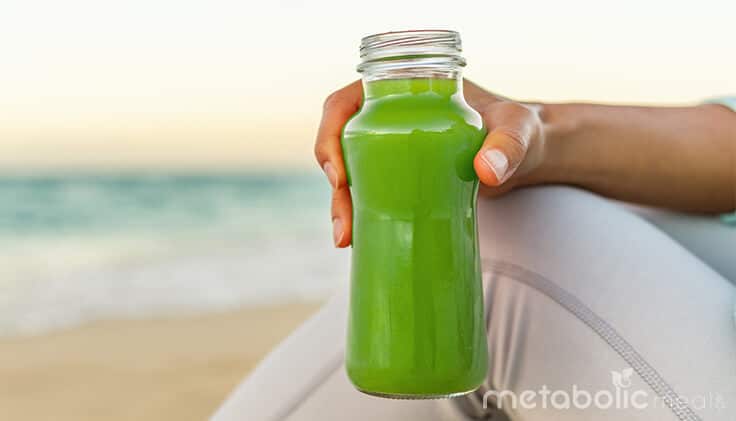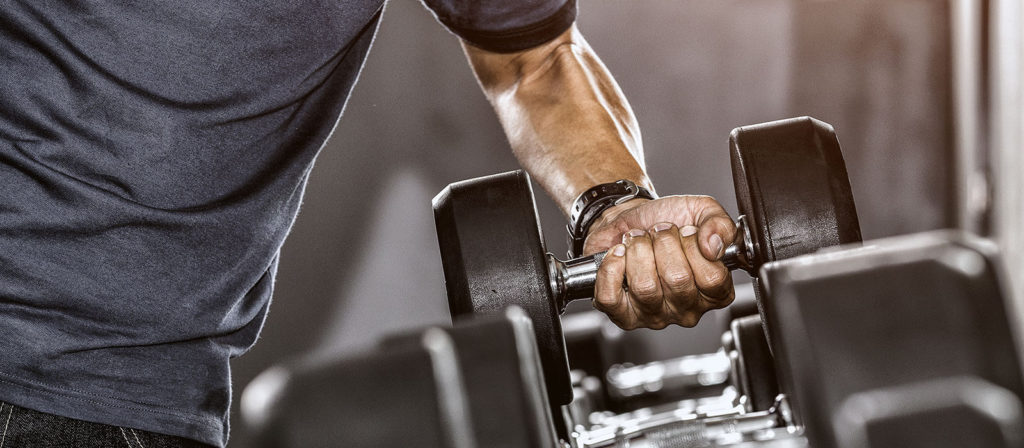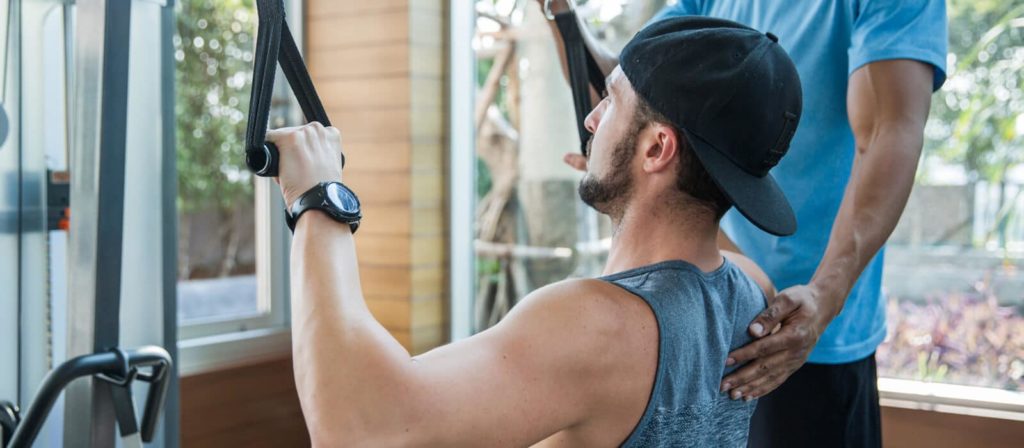The health and wellness industry has started doing a much better job of putting out more accurate information than it has in the past. The industry (and people in general) are more accepting of research-based information and more skeptical of fads that are too good to be true. Interestingly, experts at the top of their fields have been practicing for decades much of the information that we are starting to embrace now.
People have finally realized that eating healthy fats is actually a good thing and that low-fat diets are not necessary to reduce body fat and cardiovascular risks. The industry also knows now that strength training is more beneficial for fat loss than cardiovascular exercise. Even hardcore endurance athletes are starting to hit the weight room for the myriad benefits it provides.
Perhaps most importantly, people are becoming increasingly aware that food quality matters. They care about where their food comes from, and more people are demanding that artificial ingredients, GMOs, and added hormones stay out of their foods.
Our growing knowledge has already spurred several trends that have changed how we take care of ourselves. As we entered 2017, we believed that several trends were poised to further help us optimize our health and fitness in the New Year — and for many years to come.
The New Age of Physical Fitness
In 2016, we saw a number of health and wellness trends grow in popularity, such as the highly flexible IIFYM (if it fits your macros) nutrition protocol. IIFYM means estimating how many grams of proteins, carbs, and fats you should be consuming daily based on goals, activity intensity, body fat, and age.
While this method can be effective, its flexibility can lead to mistakes. People commonly eat too many carbs or the wrong types of carbs (like overloading on dessert) because it fits their macros.
Wearable tech is another trend that has made a lasting impression in 2016. Wearables have become a go-to accessory for people to track their physical activity over days and weeks, allowing them to set measurable fitness goals and standards. But many people underestimate just how sedentary they can be at times and let themselves off the hook.
The idea behind wearables is to make people feel like they are a valuable partner in their health and fitness routines, but the technology needs to start offering users more data to truly become an essential part of a complete health and wellness plan.
5 Trends We Expected In 2017
Most people were aware of wearables, and the IIFYM movement was gathering steam, but fewer people were aware of the following five trends and how they would affect our health and wellness in 2017:
1. The rise of infrared saunas:
Athletes, doctors, and people interested in anti-aging techniques are turning to infrared saunas, which utilize infrared rays to warm your body from the inside out. Saunas have interesting effects on hormone levels, performance, and brain function, improving each after two 30-minute sessions a week. The heat increases your body’s growth hormone level, nutrient delivery to muscles, and insulin sensitivity, similar to what occurs after very intense exercise.
Besides faster exercise and injury recovery times, researchers are also seeing positive effects on brain function, including an increase in brain-derived neurotrophic factor, which promotes the growth of new brain cells, improves the retention of new information, and ameliorates some types of depression and anxiety.
2. The increase in probiotic-rich drinks:
Our guts love good bacteria, but due to stress, environmental toxins, and poor food quality, most people need a good way to consume more. Probiotic-rich foods are known for their amazing health benefits, including detoxification, improved digestion, better immune function, and even weight loss. Experts refer to the gut as the “second brain” because of the vast number of neurotransmitters made there, and probiotics are being widely adopted for their positive effects on mental health.
Beverage manufacturers are meeting this increased demand because they know drinks aren’t simply thirst quenchers anymore. The beverage industry’s future is to make every calorie and every ingredient serve a specific purpose.
3. The growing use of healthy meal delivery services:
Typical Americans eat 40 percent of their meals outside the home and pay an average of $12.50 per fast food meal. Most people surveyed blamed hectic schedules and impatience for planning, shopping, cooking, and cleanup, and almost half of them acknowledged being overweight or obese. What people pay for is convenience; the food itself is highly processed, has no nutritional value, and typically has a high glycemic load.
For a similar price point, healthy meal delivery services offer more convenient and much healthier options than fast food. Their popularity is quickly skyrocketing. People can order chef-prepared meals from their smartphones and have them delivered fresh.
4. More robust wearable technology:
Activity tracking provides users with valuable information, but wearable tech currently leaves out an enormous amount of usable information. For instance, technology exists that can measure blood glucose without piercing the skin. We know that morning heart rate tells us a lot about the state of our central nervous system, which helps when optimizing nutrition and physical exertion for the day.
With a little tweaking (and integration with other innovative health technologies), wearables will be able to recommend foods based on calorie expenditure and the type of exercise performed.
5. Cryotherapy for more than just injuries:
Over the years, cryotherapy has been used mainly for recovery from injury or exercise. Recently, though, experts are scrutinizing this practice because inflammation is actually a valuable part of the healing process. Cryogenic chambers, which are usually at minus 200 degrees Fahrenheit, are becoming popular. It’s safe for people to stay in such a chamber for two to three minutes. Regular users report feeling better both physically and mentally.
Cold exposure is also starting to be used to improve cognitive function. According to Dr. Rhonda Patrick, exposure to 40-degree water for 20 seconds or 57-degree water for a few minutes increases norepinephrine twofold for significant boosts in cognitive alertness and mental wellness. When you expose yourself to this level of cold, your body makes something called cold shock protein, which aids in memory formation and recall. As more people learn about the benefits of cryogenic chambers and cold exposure, their use will become more prominent as people want to experience the perks for themselves.
We predicted that as they integrated with current health and wellness practices, IIFYM, wearable health tech, and the other trends mentioned above would become much more efficient, effective, and beneficial. Do you think our predications came true for the health and wellness industry in 2017?
Jason Barbour is a highly sought-after strength and nutritional consultant for busy executives and has worked with professional athletes from the NFL, NHL, and UFC, including three world champions and an Olympic medalist. In 2009, Jason started Metabolic Meals, one of the country’s largest healthy meal delivery companies with thousands of customers nationwide.










